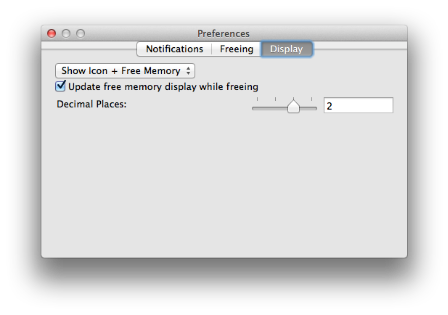
- Memorytamer 1 5 0 – Automatic Memory Freeing Application Problems
- Memorytamer 1 5 0 – Automatic Memory Freeing Application Center
- Memorytamer 1 5 0 – Automatic Memory Freeing Application Download
- Memorytamer 1 5 0 – Automatic Memory Freeing Application Software
Want to improve this question? Add details and clarify the problem by editing this post.
Closed 5 years ago.
5 Hardware Access 18 5.1 Interrupt Handler 22 5.2 Interface Functions/Macros 23 5.2.1 Generic 23 5.2.2 Read Access 26 5.2.3 Write Access 30 6 Application 33 6.1 SSC Functions 33 6.2 Interface Functions 35 6.2.1 Generic 35 6.2.2 EtherCAT State Machine 37 6.2.3 Process data handling 39 6.2.4 Mailbox handling 39. Memorytamer 1 4 4 – Automatic Memory Freeing App Mellel 4 2 5 Exhaust Pipe Affinity Photo 1.8.3.641 Crack + Serial Key Free Download 2020 Five years really taking shape, Affinity Photo 1.8.3.641 Crack rethinks the limits for proficient photograph altering programming. IBM based PC Processor @1.5 GHz or faster 32-bit (x86) or 64-bit (x64) processor Memory: 512 Mb RAM minimum Video card RAM: DirectX 9.0 compatible card with 128 MB of VRAM minimum. Understanding Automatic Memory Management. When an object, string or array is created, the memory required to store it is allocated from a central pool called the heap. When the item is no longer in use, the memory it once occupied can be reclaimed and used for something else. In the past, it was typically up to the programmer to allocate. MemoryTamer 1.5.2 macOS 10 mb MemoryTamer is an automatic memory-freeing app that runs in your menu bar. It supports notifications with both Growl and Notification Center, and also lets you free memory whenever you want with the 'Free memory now' menu item.
I have this situation where my program starts to slow down and eventually halts. I am guessing it is due to not claiming memory in a right way. Can anyone please help me what is the correct way to free memory in this case?
simplified definitions:
Main loop:
prepare data function:
You don't seem to have any dynamic memory management (i.e. calls to new or new[]) so there is nothing you need to do. Everything will automatically be freed when the declaration scope ends. Grabit 4 920 bit.
Maybe you have a different problem? You may want to use a profiler and get some data.
nvoigtnvoigtMemorytamer 1 5 0 – Automatic Memory Freeing Application Problems
The rule is simple: any new must be balanced with a delete, and any new[] balanced with a delete[].
The standard C++ library container classes obey these rules so unless you've written new or new[] yourself (which you haven't), all the memory cleanup will be done for you.
The cause of any performance problem lies elsewhere: I think it's due to your pushing elements to a vector one-by-one a large number of times (which will cause multiple reallocations of memory). Perhaps use a std::list rather than a std::vector?
Don't worry about the fact that data is an automatic variable: sizeof(data) is small.
Also, avoid _t suffixes if you can: POSIX disallows that (although many folk give no quarter since the C++ standard does allow you to do this). Plus there's no need for the typedef around your struct definitions in C++.
Memorytamer 1 5 0 – Automatic Memory Freeing Application Center
BathshebaBathshebaYou do not have any memory mangment problem. std::vector is doing everything for you. However, This should give you a better performance:
Memorytamer 1 5 0 – Automatic Memory Freeing Application Download
Humam HelfawiTo know if you are leaking memory either use some tool for monitoring process resource usage your operating system has (e. g. htop on linux) or code analyzer (e. g. valgrind on linux).
There might be other issues than pushing back to std::vector without calling reserve(). Default memory buffer growth strategy is exponential.
